Inheritance and Probability
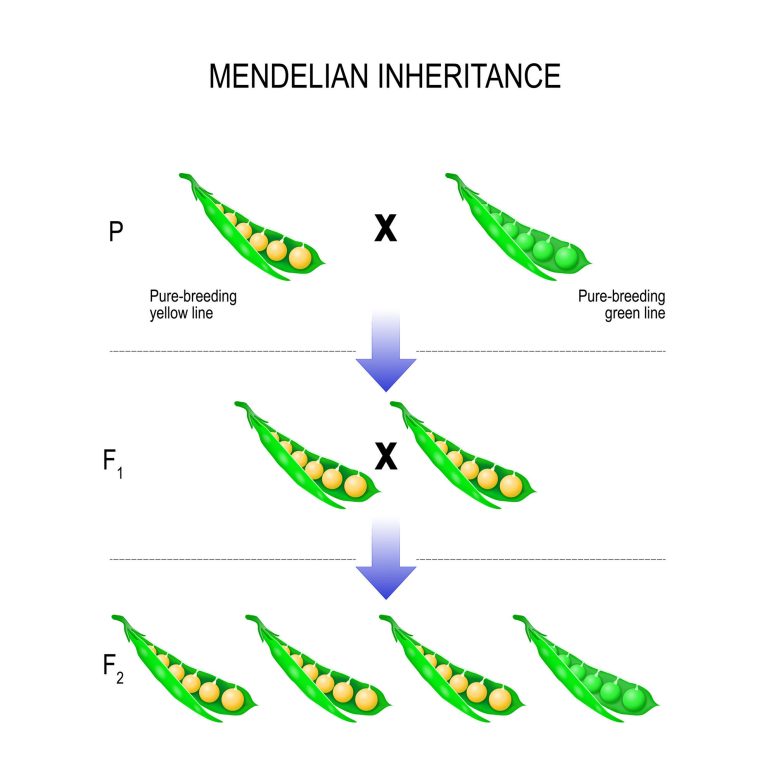
Laws on Mendelian inheritance were based on garden pea plant experiments of Gregor Mendel.
Table of Contents
Reviewed by: Mary Anne Clark, Ph.D.
Gregor Mendel, an Austrian monk, is most famous in this field for his study of the phenotype of pea plants, including the shape of the peas on the pea plants.
Gregor Mendel’s Work
Mendel’s goal was to have a firm scientific basis on the relationship of genetic information passed on from parents to offspring. In light of this, he focused on how plant offspring acquired the phenotype of their seeds. In this example, there are two choices, round and wrinkled seeds.
The plants that were used in the experiment had to be true breeding, i.e. those plants with round seeds must have had parents with round seeds, who in turn had parents producing round seeds, etc. This is done to increase the accuracy of the results.
After successfully producing two generations from these true-breeding plants, the following was evident
- The first generation of plants produced all had a round seed phenotype.
- When these first-generation plants were crossed, a ratio of 3 round seeds averaged every 1 wrinkled seed.
- The ratio of 3:1 was not exact, though this is because of the randomness of the processes that are executed to produce these plants. For example, the independent assortment is completely random, as are mutations, therefore variable results occur producing a sampling error.
- Due to the scale of the experiment done by Gregor Mendel, the sampling error was smaller than that of a smaller scale experiment.
Mendel successfully hypothesized that the reason for this trend in phenotypes from generation to generation was down to the fact that genetic information was being passed on from their parents.
The fact that round seeds appeared more frequently than wrinkled seeds is due to round seeds being the dominant phenotype, which when present effectively ‘masks’ the phenotype of the recessive (wrinkled seed) gene.
Dominant and Recessive Alleles
- All plant seeds produced in the first generation were round
- 3 out of every 4 plant seeds produced in the second generation were round
The parents, one possessing wrinkled seeds the other possessing round were crossed together, for some reason in the first and second generation the presence of the round seed gene in offspring superseded the presence of the wrinkled seed. This is called dominance.
The next tutorial presents Gregor Mendel’s law of dominance. Learn more about this form of inheritance and how it can be predicted using a Punnett square
Fun activity: Simple Genetics Practice Problems
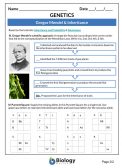
|
GREGOR MENDEL & INHERITANCE WORKSHEET
This two-paged worksheet can be used to probe the student’s understanding of Gregor Mendel’s experiments on inheritance. This worksheet includes arranging text block and flowchart order, multiple choice, and Punnett Square exercises. Subjects: Genetics & Evolution |
You will also like...

Population Growth and Survivorship
This lesson looks at population attributes, regulation, and growth. It also covers population genetics, particularly gen..
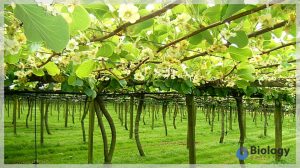
Biosecurity and Biocontrol
This lesson explores the impact of biosecurity threats, and why they need to be identified and managed. Examples to incl..

Mātauranga Māori and Science
Mātauranga Māori is the living knowledge system of the indigenous people of New Zealand, including the relationships t..
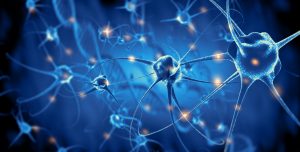
Neural Control Mechanisms
Neurons generate electric signals that they pass along to the other neurons or target tissues. In this tutorial, you wil..

Ecological Research: Measuring & Analysis
This lesson is about the methods used for ecological research, such as quadrat and transect sampling, canopy fogging, an..
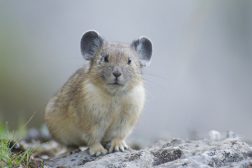
Indicator Species and Endangered Species
Certain species are capable of expressing characteristics indicative of the state of the ecosystem they occupy. They are..
